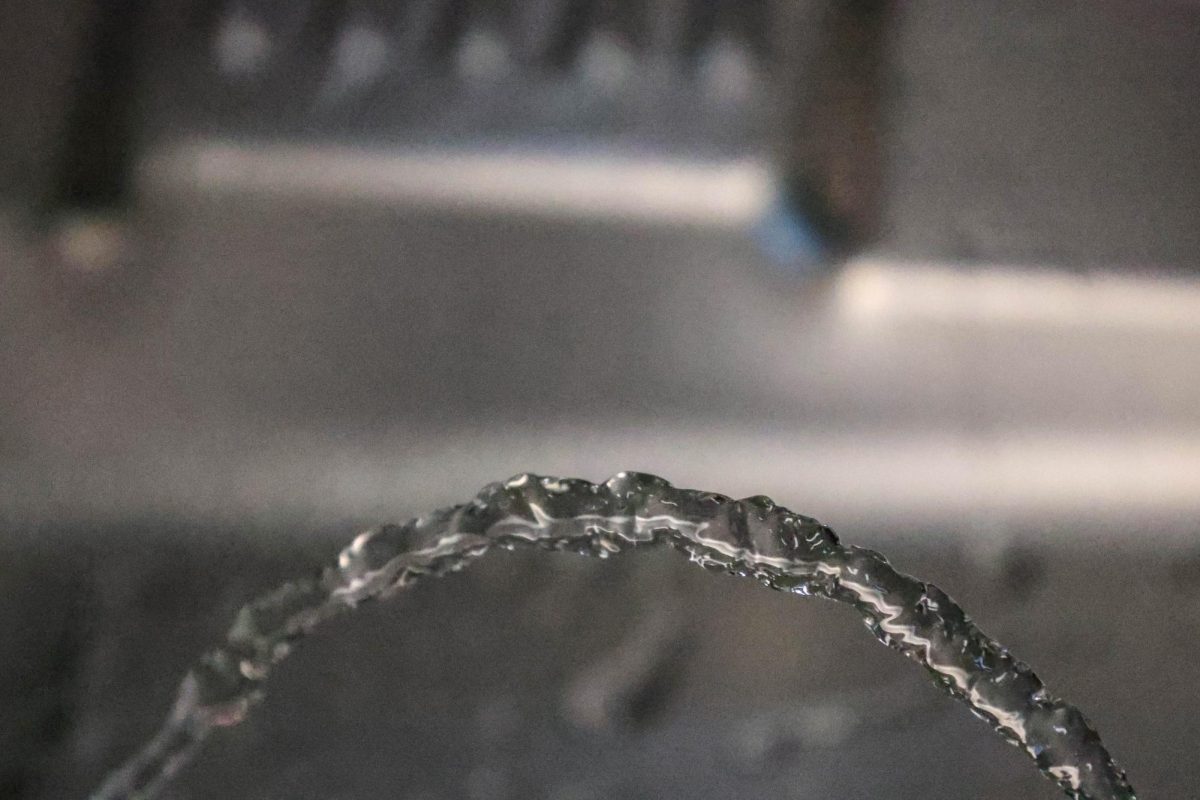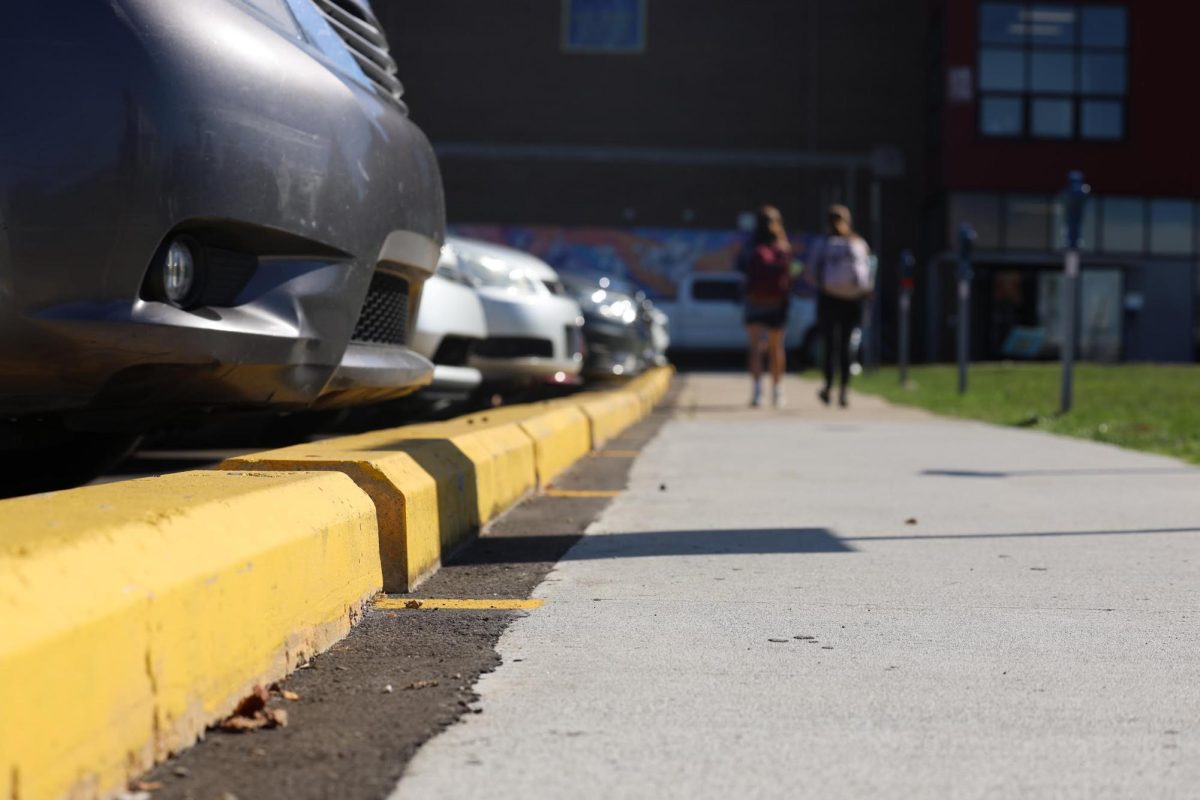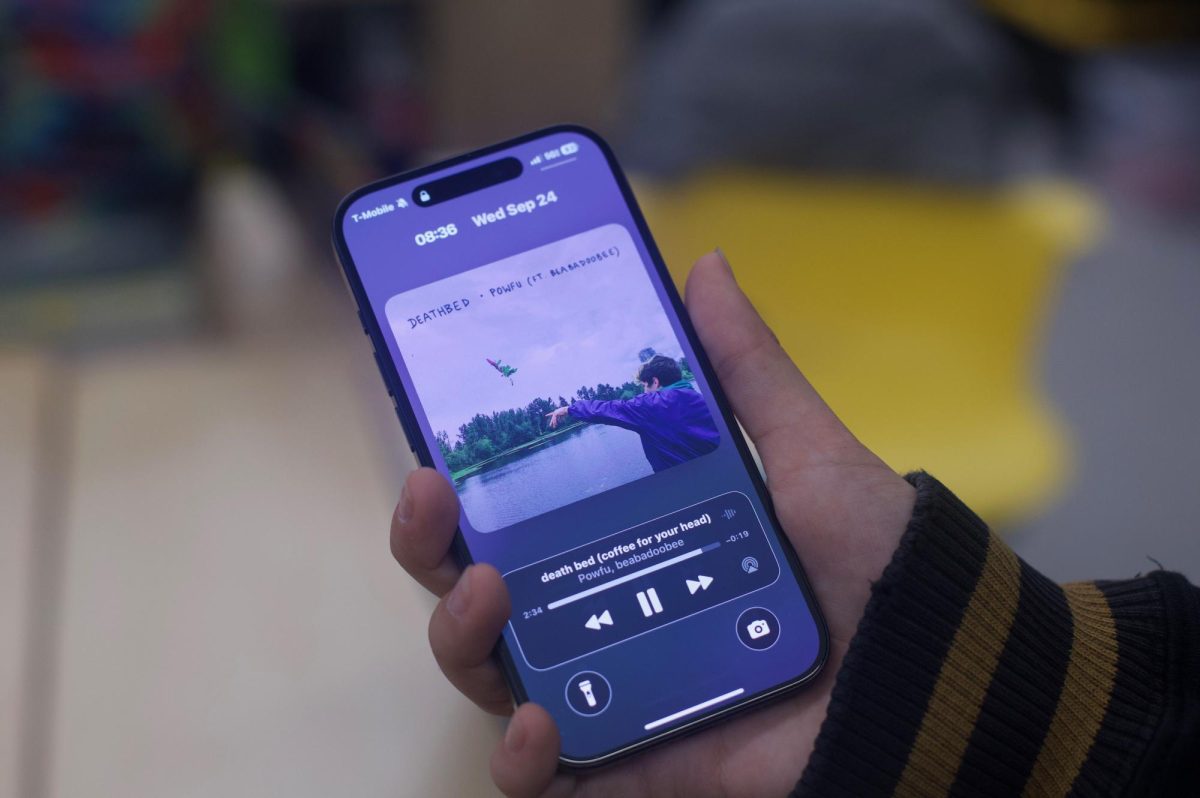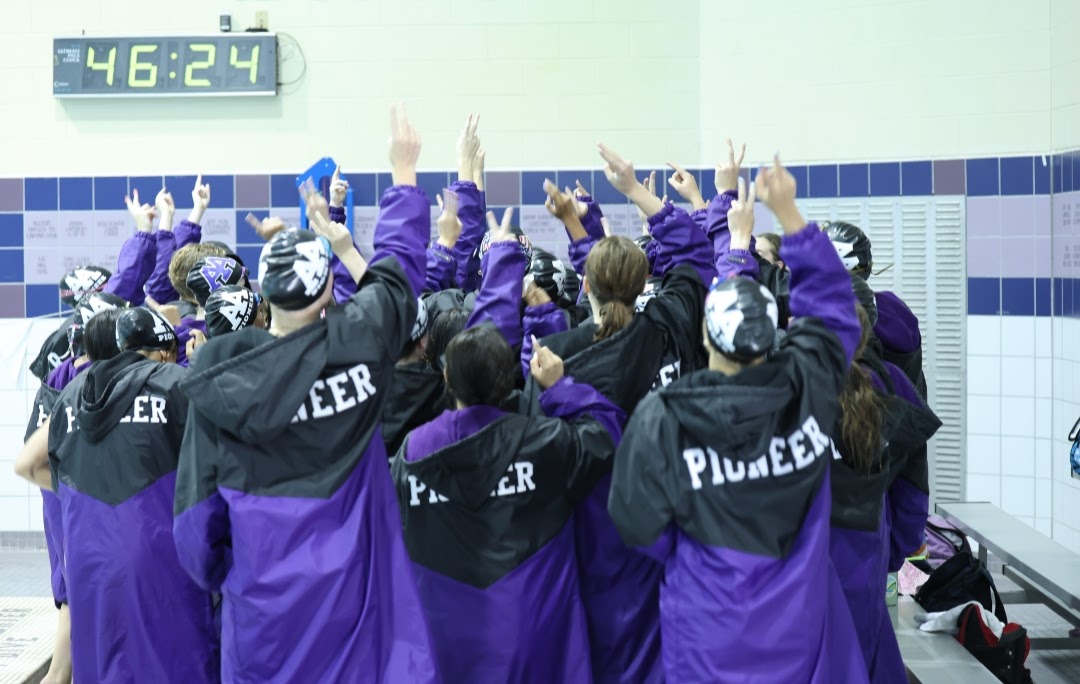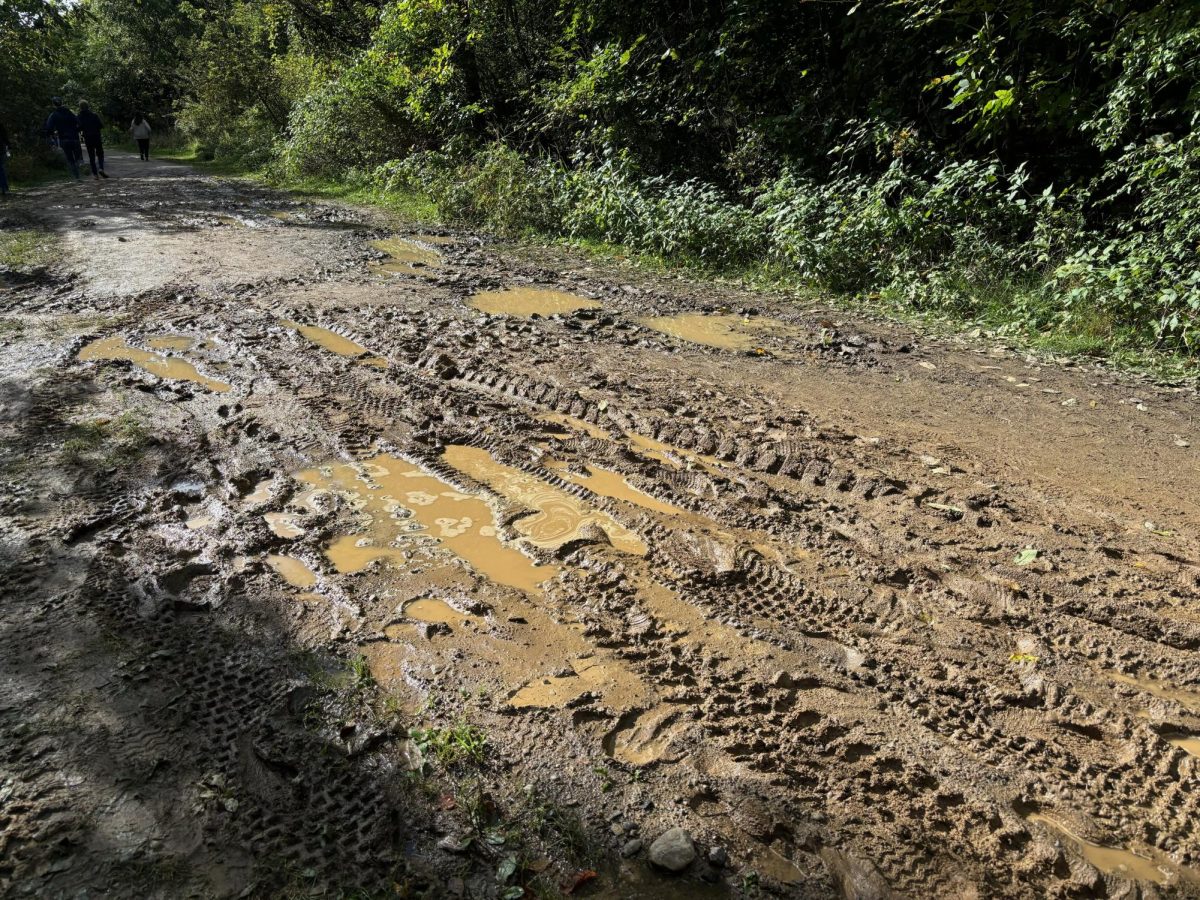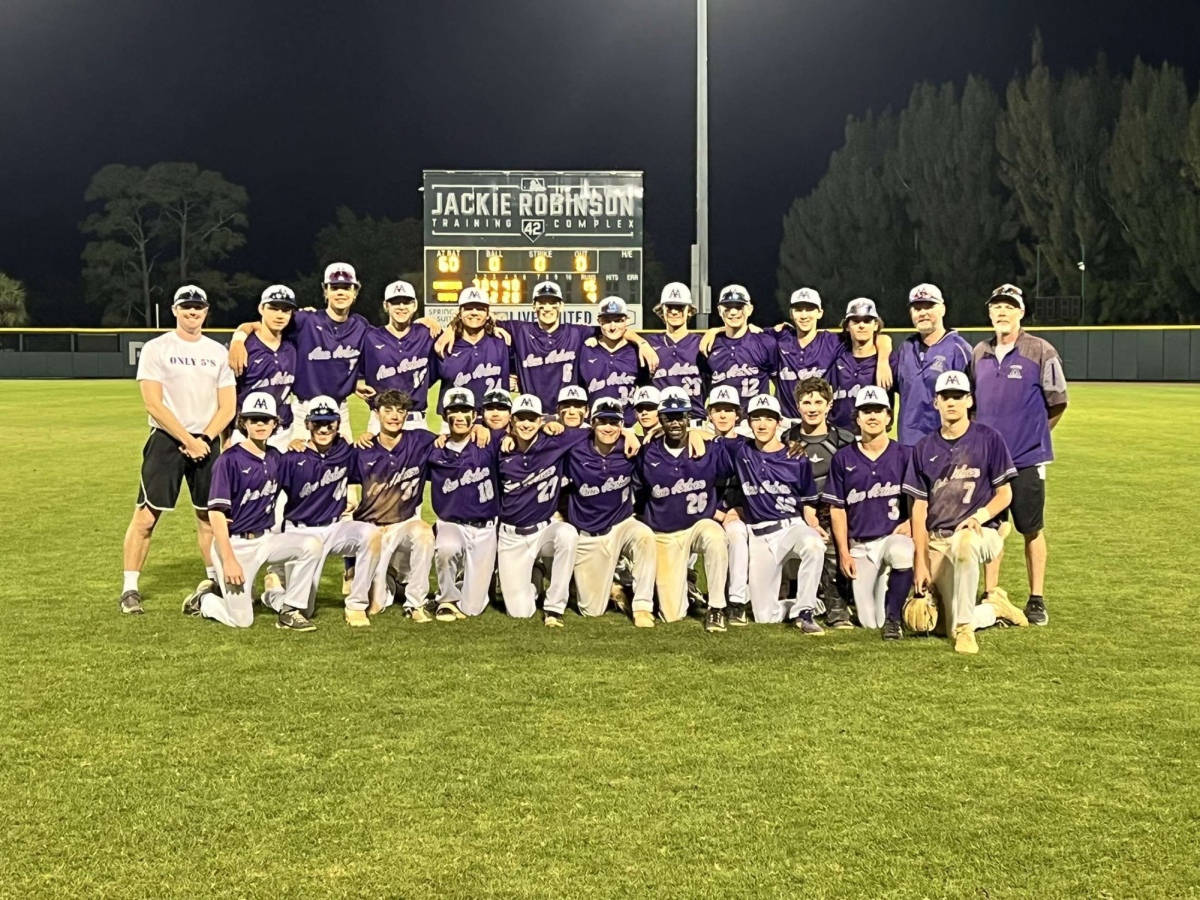Student-athlete could quite easily be the most cliche term in all of sports. The word is tossed around more than a football on Thanksgiving Day and sheds light on much of what is wrong in college athletics. If you have yet to read Sports Illustrated’s five part investigative series on the Oklahoma State University scandal, I suggest you do. It’s one of the best examples of reporting out there, sports or otherwise. It shows more than what went wrong in one program at one university and exposes the issues facing college sports as a whole.
According to NCAA’s statistics, approximately two percent of high school athletes will receive an athletic scholarship. To put that into relative terms, of the current members of Pioneer, Huron and Skyline’s football teams about four will be offered scholarships to Division I schools. That scholarship comes with a mutual agreement: the athlete will provide his athletic ability to the school and follow all NCAA regulations in exchange for a free education. Seems simple enough? Wrong. Whether on the part of the player or the coach or the boosters or the school itself this supposed equation seems to be unsolvable for at least one program a year.
What’s the problem? Why dont college athletes spend four years playing the game they love, get a degree and then become a productive member of society? It’s the culture of college sports. Winning is number one not just in the eyes of the players but in the eyes of the coaches. College sports is a billion dollar industry, and a win means dollars signs to a school. Money is more important than helping each and every young man who signs his commitment letter through his college experience.
College sports are failing the kids that are brought into the NCAA system. Sex. Gambling. Drugs. Crime. Those are big problems and coaches seem to go one of two ways when dealing with them. If a star quarterback is failing drug tests he’s not going to get suspended or head to rehab, there is going be an equipment manager put in charge of providing him with a clean sample for future testing. If it’s a benchwarmer, he’s kicked off the team, loses his scholarship and along with it, the chance of getting a degree and therefore a good job. Either way the young man is set up for bigger trouble down the road. This is why we constantly see the faces of former college players or current NFL players scrolling across our television screens after getting busted by the police for possession of illegal drugs, domestic violence or weapons charges. Problematic behavior is not being nipped in the bud by the adults who have the most influence in the lives of these players.
Money is such a big deal in college sports and it shows a lack of vision by the NCAA. Boosters and coaches are paying their players because the NCAA neglects the needs of the socioeconomically disadvantaged young men who make up a large majority of college athletes. Providing a free education is great, but for the players who don’t have the resources to pay for their everyday needs such as gas, food and clothing a problem still remains. This a problem that only one governing body can address: the NCAA. A compromise must be reached to keep college sports an amature game, while supporting the basic needs of athletes.
Student-athlete is a term that doesn’t apply in the current state of college sports. Being a student is second to being an athlete and that’s an optimistic view. Players are recruited for their athletic ability not their academic prowess. Grades are about one thing, eligibility. The goal should be for an athlete to reach his maximum potential in the classroom, but that’s not the goal. All you need is a C-average to put your pads on each Saturday, a C that many players are deemed incapable of getting on their own. Whether a tutor is completing homework for an athlete, or a professor is changing incorrect answers to boost a test grade, this is a school failing to hold up their end of the bargain. If an athlete isn’t receiving the same quality of education as the other members of the student body then they should be getting paid to play.
The 2013 season has already been tainted with the discovery of the financial, academic, drug and sex scandals that have been pulsing through the Oklahoma State University football program for the past decade. We have 341 days until the tip off of the first 2014 college football game which is plenty of time to establish a new norm for college athletics. It is possible to provide players with a high caliber of education without compromising the level of talent we as a country have come to expect in Division I football. It will take diligence on the part of coaches, athletic directors, university presidents and the National College Athletic Association as whole, but that is what America’s finest young athletes deserve.



